|
Artifact
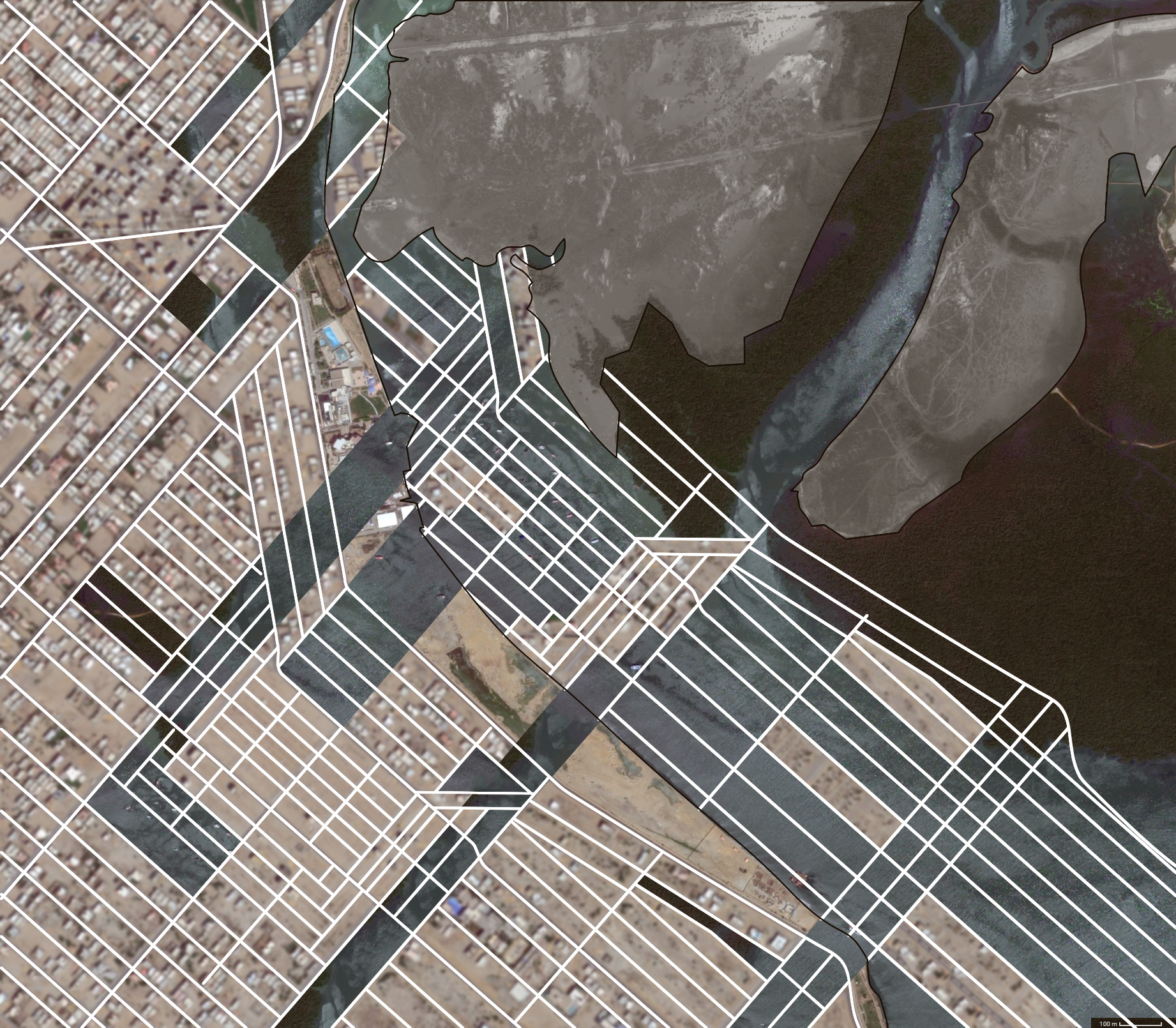 Reimagining Coastline Reimagining Coastline
‘I believe in God, only I spell it nature.’
Frank Lloyd Wright, Truth Against the World: Frank Lloyd Wright Speaks for an Organic Architecture.
Rethinking Water, City & Architecture.
Mapping
WHAT?
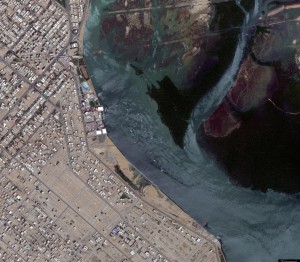 Defense Phase VIII near Malir River, Karachi Pakistan Defense Phase VIII near Malir River, Karachi Pakistan
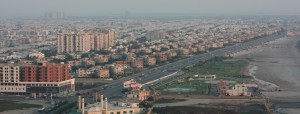 Defense Phase VII , Karachi Pakistan Defense Phase VII , Karachi Pakistan
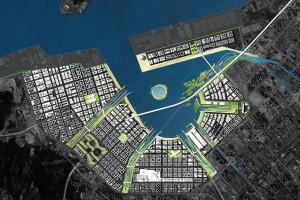 Qianhai Water City – James Corner Field Qianhai Water City – James Corner Field
The site is located in the coastal city of Karachi, Pakistan. The city hosts a semi-arid climate with 2 rivers flowing through it into the Arabian sea. The site is situated on the coast line around the area where Malir River flows in the sea. The design process and site scale would be big enough to accommodate multiple scales from master plan level to individual prototype design.
This site is chosen because the urban and architectural factors would allow the thesis topic to be engaged thoroughly. The site hosts both fresh water source as well as sea water in its close vicinity creating several opportunities to engage with the boundary between water and city. Site problem includes heavily poLluted water bodies and close proximity to threatened mangroves forest. Furthermore the current coastal treatments and developments in Karachi have an arbitrary relationship with water and conditions of the beach.
WHY?
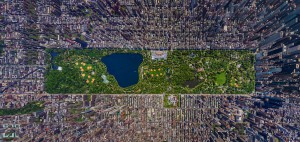 Central Park – NY,USA Central Park – NY,USA
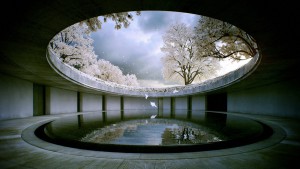
Benesse House – Tadao Ando
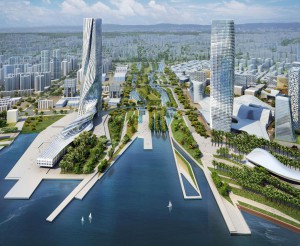
Qianhai Water City – James Corner Field
Historic use of water in Architecture was of more experiential nature. Works include Frank LLoyd Wright’s, Falling water which is designed to morph into the natural waterfall on site to create a natural experience whereas Tadao Ando, celebrated nature through framing water with architectural elements to enhance the tranquility of the design. On the other hand Frederick Law Olmsted and Calvert Vaux created the Greensward Plan for Central park that after excavating of natural lake, activated it by allowing for water/ice activities.
Contemporary Architects have focused more on water systems for water cleaning and conservation such as SOM that employ advanced water engineering to allow for sustainable development. On the other hand James Corner Field, while also focusing on sustainability, reimagines the urban coastline relationship through reclamation and subtraction. Furthermore Atelier Dreiseitl, as landscape architects, use sustainable development processes to create vibrant activities through water bodies.
In conclusion, this thesis acknowledges the two discourses by architects and landscape architects where the former is more focused on water systems and experiential properties of water whereas landscape architects that mimic natural eco systems to create activated water bodies and systems. This thesis aims to merge the two discourses in order to unlock full potential of water elements in cities through conservation, preservation, filtration and activation.
HOW?
 Aqua Tower – Studio Gang Aqua Tower – Studio Gang
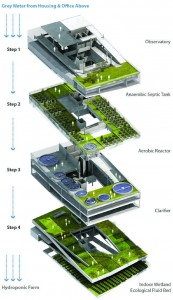
Urban Epicenter – Jungmin Nam
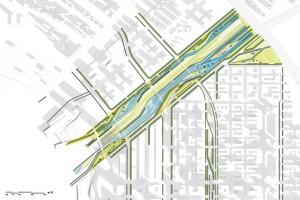
Qianhai Water City – James Corner Field
 West Kowloon Cultural District – Foster + partners West Kowloon Cultural District – Foster + partners
Thesis would initiate by researching current state of water sources, by properties and their relationship to the city. The procedure of such analysis will be through mapping of vital aquatic natural systems as well as other infrastructure pertaining to the city such as waste water systems. This would be done in district scale to accommoadate all systems.
Following that a precedence analysis of smart cities design and other developments around site and in the country would be conducted in relation to the concept. At this stage 3d modelling of site would be done including landscape, urban fabric and infrastructure on site CDA scale.
Initial concept designing of the sites masterplan, in montages, spatial drawings and physical modeling will begin. This would be a circular process of creation, analysis and then creation again. This process aims to be finished by Mid Review.
Prototype development would begin at this stage at a building scale.
Further along, scheme optimization would be performed by fine tweaking masterplan design to prototype design and vice versa.
Production would be the last stage to create diagrams, drawings and models to display and represent the complete idea.
BIBLIOGRAPHY
1. Woodman, E., & Harper, P. (Directors). (2014). Architecture and Water [Motion picture]. UK.
2. Sassi, P. (2006). Strategies for sustainable architecture. London: Taylor & Francis.
3. Guenther, R., & Vittori, G. (n.d.). Sustainable healthcare architecture (Second ed.).
4. Rogers, A. (2013). Water and Roman urbanism towns, waterscapes, land transformation and experience in Roman Britain. Leiden: Brill.
|